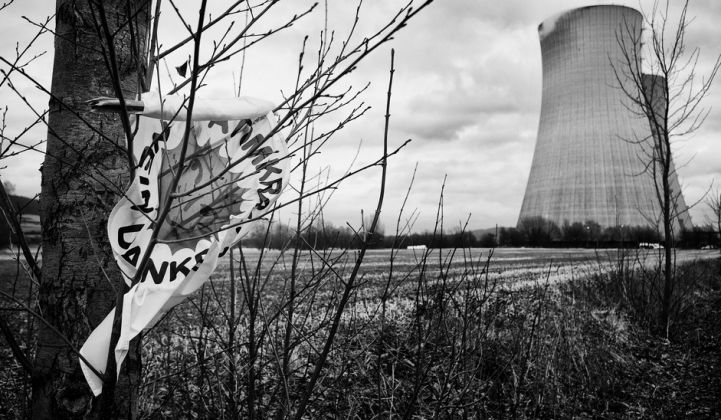

Gamma waves, however, require several centimetres of lead or concrete, or approximately a metre of water.
NUCLEAR TIME JOURNEY TO SKIN
Beta particles and gamma waves are powerful enough to penetrate the skin - although beta particles can be blocked by a sheet of aluminium foil. This radiation can take the form of either moving sub-atomic particles, called alpha and beta particles, or electromagnetic gamma waves. N uclear radiation is emitted when the nucleus of an unstable atom loses energy, becoming, in the process, stable and non-radioactive. This is the material destined for Onkalo. High-level waste is the spent fuel from the power plants or the principal waste separated from reprocessing the fuel. Intermediate-level waste includes resins, chemical sludge and reactor components. Low-level waste such as paper, rags, tools and clothing contains small amounts of mostly short-term radioactivity. Nuclear power plants produce three levels of radioactive waste: low intermediate and high. They are owned by Teollisuuden Voyma Oy (TVO) and Fortum Oyj, the two Finnish energy companies that are jointly responsible for Onkalo. Three of Finland's five nuclear plants are also situated on Olkiluoto. It's called Onkalo, which means "cavity" in Finnish. This nondescript doorway is the entrance to something unique: the world's first - and only - permanent repository for spent fuel. In the middle of Olkiluoto, past kilometres of dark pine trees and a huddle of yellow, blue and grey huts, a metal shutter is set between walls of blasted grey rock. With a population of around 34,000, the town is famous for lace-making and colourful, wooden houses. The nearest town on the mainland is Rauma. Olkiluoto island, in western Finland, is a flat stretch of land covered by pine trees and bordered on three sides by the Baltic Sea.


 0 kommentar(er)
0 kommentar(er)
